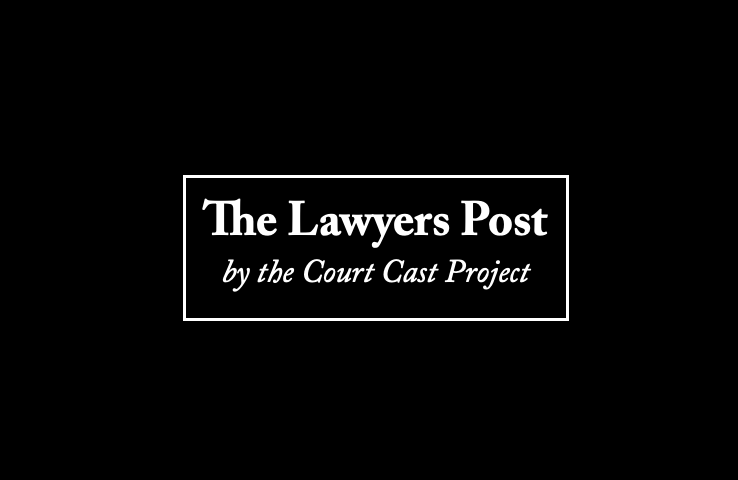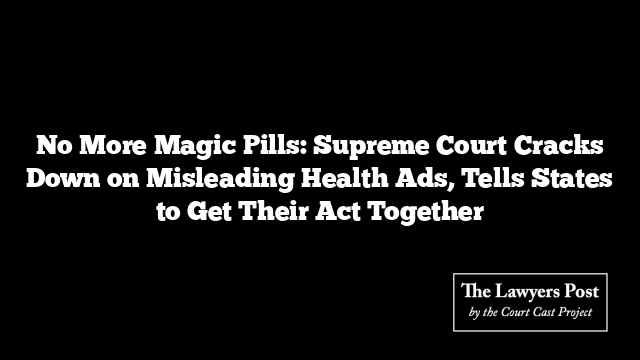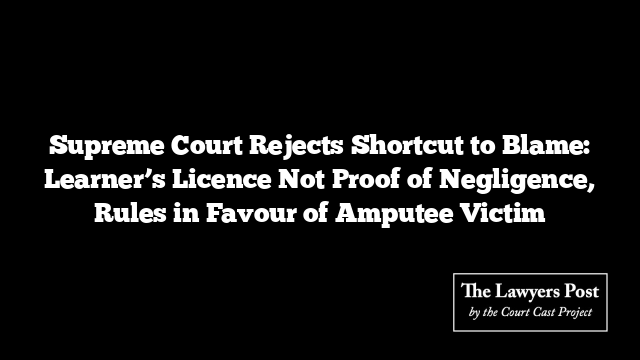The Supreme Court of India has had enough of snake oil salesmen in prime time. In a sweeping move, the apex court tore into the decades-long inaction surrounding the Drugs and Magic Remedies (Objectionable Advertisements) Act, 1954—a law that’s been gathering dust while miracle cures continue to flood screens, newspapers, and WhatsApp forwards.
“The Act may be 70 years old, but its soul hasn’t aged,” the bench remarked, visibly unimpressed by the bureaucratic slumber that’s let fraudulent ads run amok for far too long. The Court issued strict instructions to all states: appoint enforcement officers within a month, set up public complaint systems, and stop turning a blind eye to charlatanism disguised as advertising.
The court’s irritation wasn’t subtle. It slammed the lack of follow-through on previous orders and spotlighted states that haven’t even bothered filing compliance reports. Himachal Pradesh—India’s pharma hub—was specifically named and asked to clean up its act and file affidavits by April. The registry was instructed to pass along the directive straight to the Chief Secretary. No excuses, no delays.
The New Mandate: Six Punches from the Bench
Here’s the no-nonsense action plan handed down:
- Appoint Gazetted Officers with search and seizure powers under Section 8 of the Act—within one month.
- Police Must Be Trained. Every state’s academy is to educate law enforcement about the Act’s provisions.
- Set Up Complaint Channels. Grievance redressal mechanisms (email and toll-free numbers) must go live within two months.
- Publicize the Channels. People need to know how and where to report.
- Quick Action Required. Complaints must be immediately escalated, and if found valid, trigger police action.
- Public Awareness Campaigns. Legal services authorities will educate citizens on the dangers of falling for pseudo-medical promises.
“Education is not optional,” the Court said. “The public must understand the risks of relying on unverified miracle cures and deceptive ads.”
More Than Just a Print Ad Problem
The Court made it clear—this isn’t just about TV commercials or newspaper ads. The law covers anything from product wrappers and pamphlets to light-and-sound spectacles and oral pitches. If it claims to cure diabetes, cancer, or sexual dysfunction through a “magic” pill, powder, or chant—it’s under the scanner.
And the net is wide. Publishers and designers of such ads are just as liable as the sellers themselves. No more hiding behind creative agencies or blaming the media house.
The Bigger Picture: From Patanjali to Public Rights
This crackdown isn’t happening in a vacuum. The case stems from a plea by the Indian Medical Association against Patanjali Ayurved, whose glossy promises of miracle cures led to contempt proceedings. Ramdev and Balkrishna ultimately issued apologies, and contempt was dropped—but the message was clear: “You’re being watched.”
Back in May 2024, the Court laid down a wider framework to regulate medical advertising. It said public figures and advertisers are jointly responsible, demanded self-declaration forms before ads hit airwaves, and reminded everyone that the right to health includes the right to accurate information.
From staying a Ministry of AYUSH notification that weakened ad regulation, to calling out states like Karnataka for inaction, the Court has been steadily turning up the heat.
A Dashboard of Accountability
In today’s hearing, the Union government was told to roll out a dashboard to track all state-level actions under the DMR Act. Three months—no extensions. Every state and union territory is expected to report compliance by June 2025.
Even as states stumble, the Court singled out Kerala for doing its homework—and reminded everyone else that good governance isn’t rocket science.
The Law’s Bite: What the DMR Act Actually Bans
The Act bars advertising drugs for:
- Abortion or contraception
- Enhancing sexual pleasure
- Treating menstrual disorders
- “Curing” serious diseases like cancer, diabetes, or cataracts through magic remedies
Sections 4 and 5 outlaw false claims and prohibit magical “remedies” altogether. And Section 6 slams the door on importing ads that breach the Act.
What Comes Next?
With deadlines in place and the Supreme Court breathing down their necks, states no longer have the luxury of inaction. Whether or not they believe in “magic cures,” they’re now required to ensure the public doesn’t fall for them.
From FIRs against offenders to public education campaigns, the next few months will decide if the Act finally grows teeth—or remains a legal ghost story from 1954.





